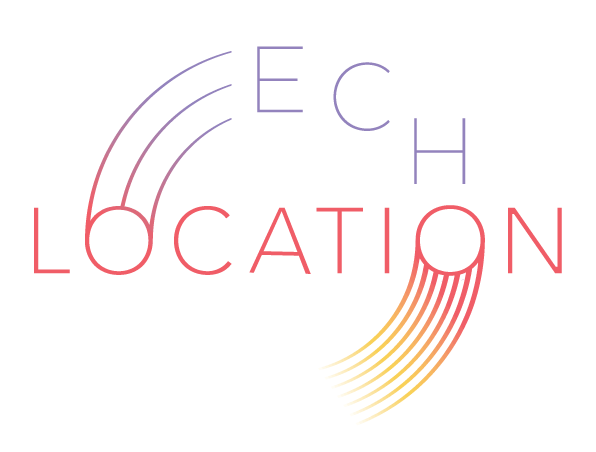Over two days in June 2022, a group of artists and researchers from across ‘Australia’ gathered around on Larrakia/Gulmurrigin land, around the Gurambai/Rapid catchment with a focus on the headwaters at ‘Marrara Swamp’. Building on the ‘Encountering Gurambai/Rapid Creek’ events for the AUSTS 2021 conference, the two day field school used a range of creative place based research methods to engage in partial, situated and swampy ways of knowing the creek and it’s catchment.
Marrara Swamp is located on defence land. Intersecting understanding of the place include a vibrant ecosystem, a public trail, a site of PFAS contamination, tourist accommodation and a former refugee detention center. As a group we attuned to these different places and place experiences through walking, listening and making, along and off the Gurambai trail.
As a member of the planning committee and Top End STS collective, I created and curated two kits for participants. The first was a curriculum zine, which presented reading to inform our walk collated from submissions by the Top End STS Collective. I also created a field kit to support participants to document their experiences through a range of mediums including drawing, cyanotyping, found object collection and creating tracings. As part of the field school I presented an attunement workshop informed by Linda Knights ‘Inefficient Mapping’




